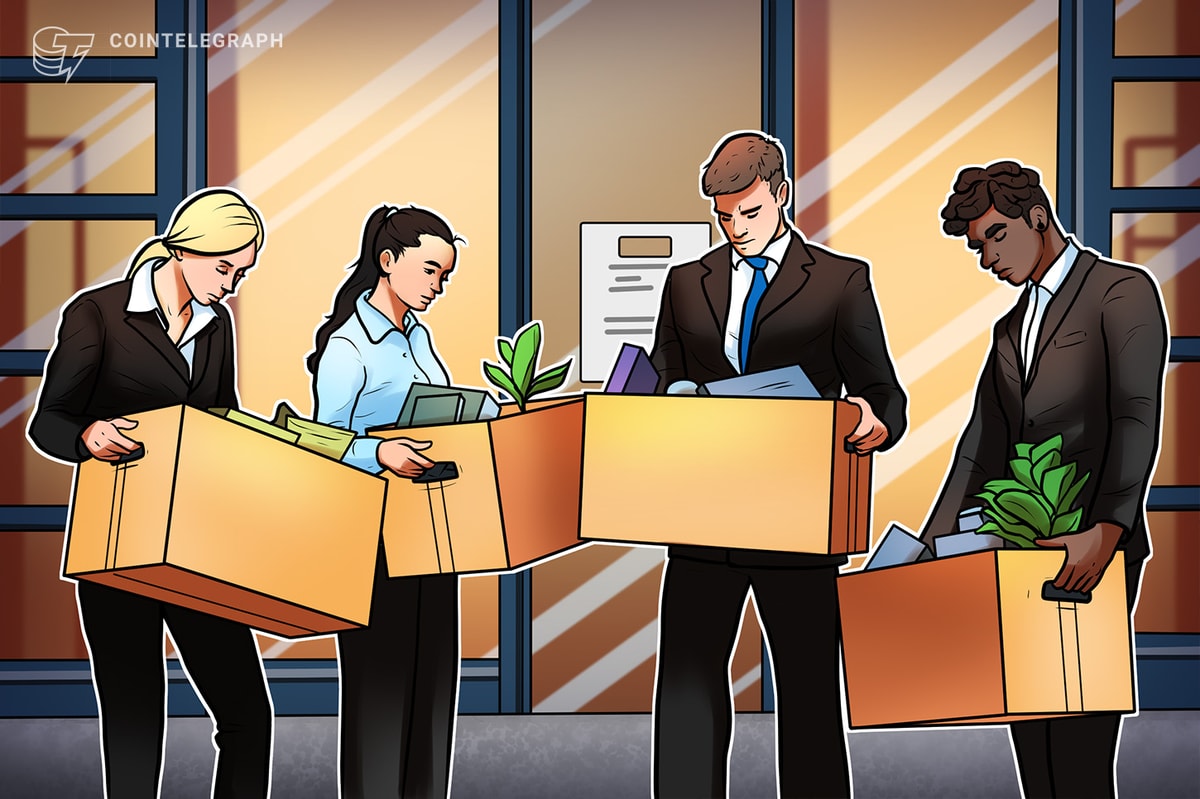A token burn is the destruction of a certain amount of tokens (or coins) in order to reduce their number in circulation. This method is successfully applied by crypto projects, traditional businesses, and even global corporations (for their shares).
This spring, for example, Apple launched a $100 billion share buyback plan (with subsequent burning) and raised its dividend share by 16 percent, despite expectations of a slowdown. Alex Fork, one of the founders of the Humaniq financial platform, shares his ideas about the implementation of the token burn procedure on the crypto market.
The main target of burning tokens is quite simple, and that is to support an asset’s price growth and value increase. The second reason for the procedure in the crypto industry is that almost every project that raises funds through a token generation event faces the dilemma of guaranteeing a clear, functional and profitable token usage scheme within the project’s ecosystem, and ensuring the growth of the token’s value on crypto exchanges.
The token buyback and burn processes have every possibility of becoming a diligent approach and a de-facto standard for the future ICO industry in case the projects implement this procedure reasonably and honestly, and are able to prove its economic viability. That is why a company should always provide evidence that it actually burned its tokens.
This model assumes a gradual decrease of tokens available on the market and the following organic increase in their demand and value. In fact, projects can build their own disinflationary models with several mechanisms to raise the token’s price, such as buybacks from exchanges, their subsequent burnings, and special loyalty programs that will encourage token holders to retain their tokens and refrain from selling them as long as possible. For instance, a business can take the obligation to spend a certain percent of its revenue on buying tokens back from exchanges during a certain period and burning them, eventually retiring them from the market, burning all the tokens the holders use to pay for services or transactions, or annulling all the unused bonus tokens, etc.
Sometimes it is enough to maintain a market rumor that the tokens will be burned. For example, Justin Sun, the founder of the TRON project, mentioned coin burns in his live streams. Despite the fact that there was no further information from other project officials, interest in the TRX coin continued to hold. In June 2018, TRON completed its Coin Burn of 1 billion TRX, thus confirming expectations.
Here are some reasons for burning token in case of broader scenarios.
Token value growth
The fewer tokens there are available on exchanges, the higher their exchange rate (a simple case of supply and demand). The answer is in the fact that most cryptocurrencies or projects have a limited number of issued coins. However, due to high crypto market volatility, a gradual decrease in the total number of tokens available to the public is of vital importance so as not to strain the whole market.
This is done, for example, by Binance, which burns coins quarterly, and therefore, these terms are easy to predict. By gradually burning the coins, Binance reduces the long-term demand offer for its coin, making it attractive in the long-term perspective (they are thus killing two birds with one stone, as the growth of the coin’s value is ensured and the support of the HODL mode is beneficial for the company).
Error correction
Sometimes projects accidentally make various errors, which can be corrected by token burns. This can be an excessive number of coins issued, the occasional creation of an invalid address for receiving and storing funds, an unplanned increase in the number of tokens due to technical errors, and unforeseen issuance of tokens unfit for trading (for example, tokens issued to support transactions) into public circulation. Since the burning procedure is simple enough, the tokens are sent to a non-existent address or blocked on a special address from which the funds cannot be withdrawn, and this can ensure the safe disposal of such random surpluses.
Elimination of unsold coins
Most projects set a limit on the number of coins that they are going to sell during their ICOs. In some cases, the unsold amount remains on the company’s wallets. Some projects simply sell the remaining tokens on the market to get a good profit. However, a much better scenario is to burn all the unsold tokens. Having redeemed this promise, a project grants confirmation to its investors that it uses only the raised funds for business purposes (negating allegations or suspicions of being a scam). Thus, the income from an ICO is justified by the actual demand for tokens, which is fair enough for the market and the token holders.
Provision of dividends
If the project releases a security token (not a utility one), it actually turns its investors into shareholders eligible for dividends. If the tokens are being bought back and then burned, then their cost only increases as a result of an artificial deficit, which makes it more attractive for trading. Moreover, instead of paying dividends to its shareholders directly, the project can reward them by increasing the value of their assets. If a business connects this program to various schemes, including the obligation to buy back a certain number of tokens at a current market price, it becomes even more interesting for token holders.











